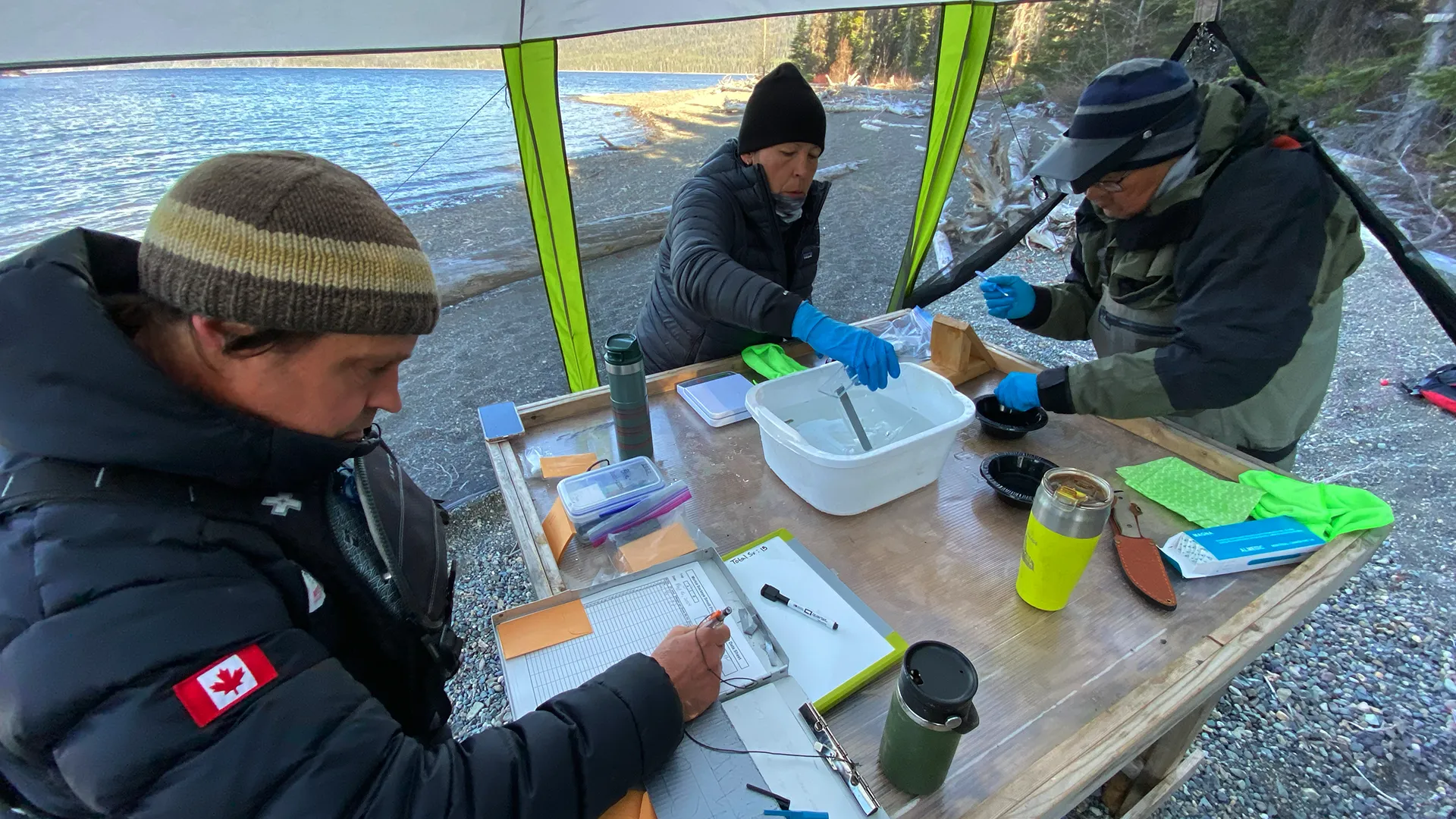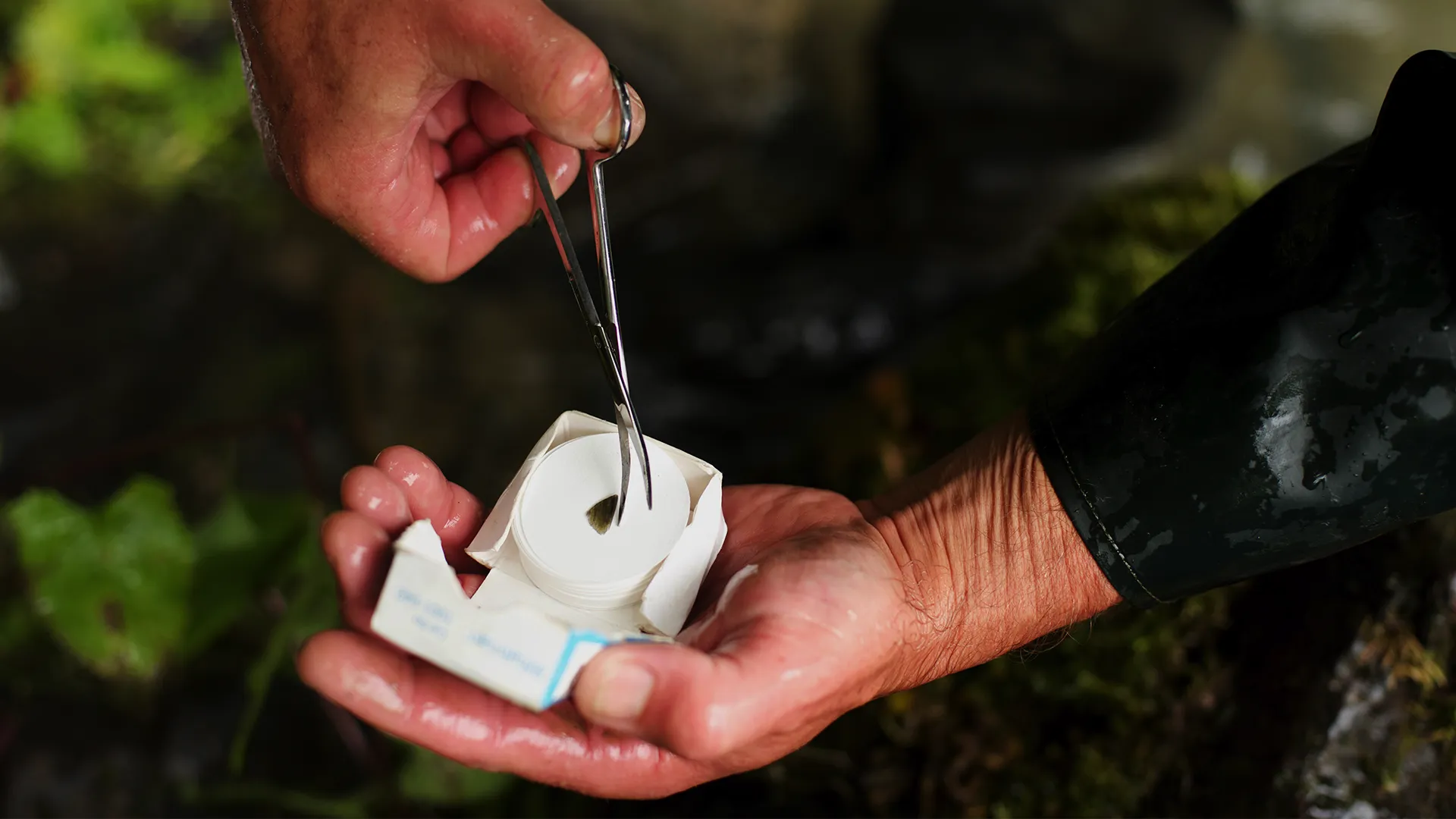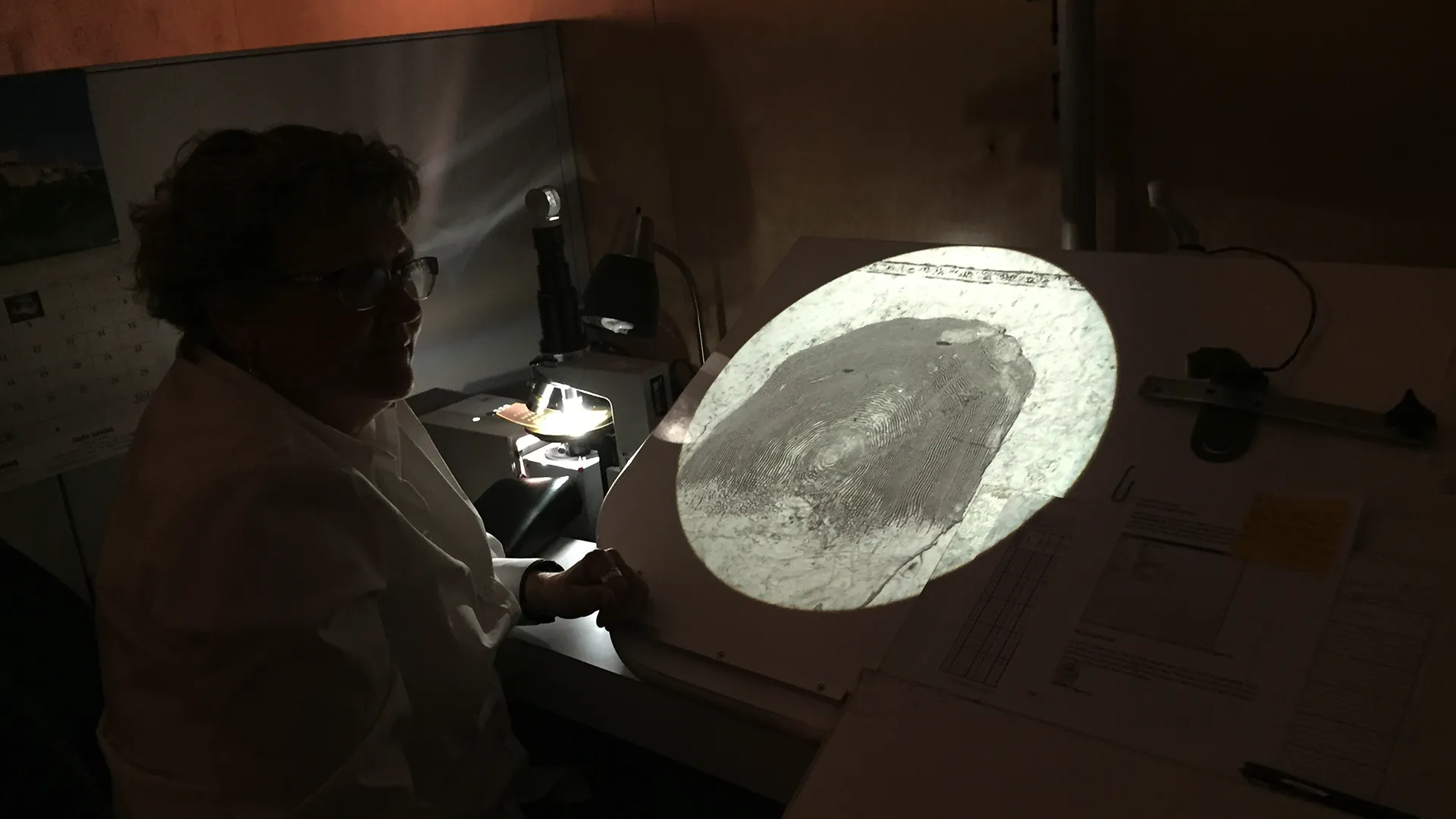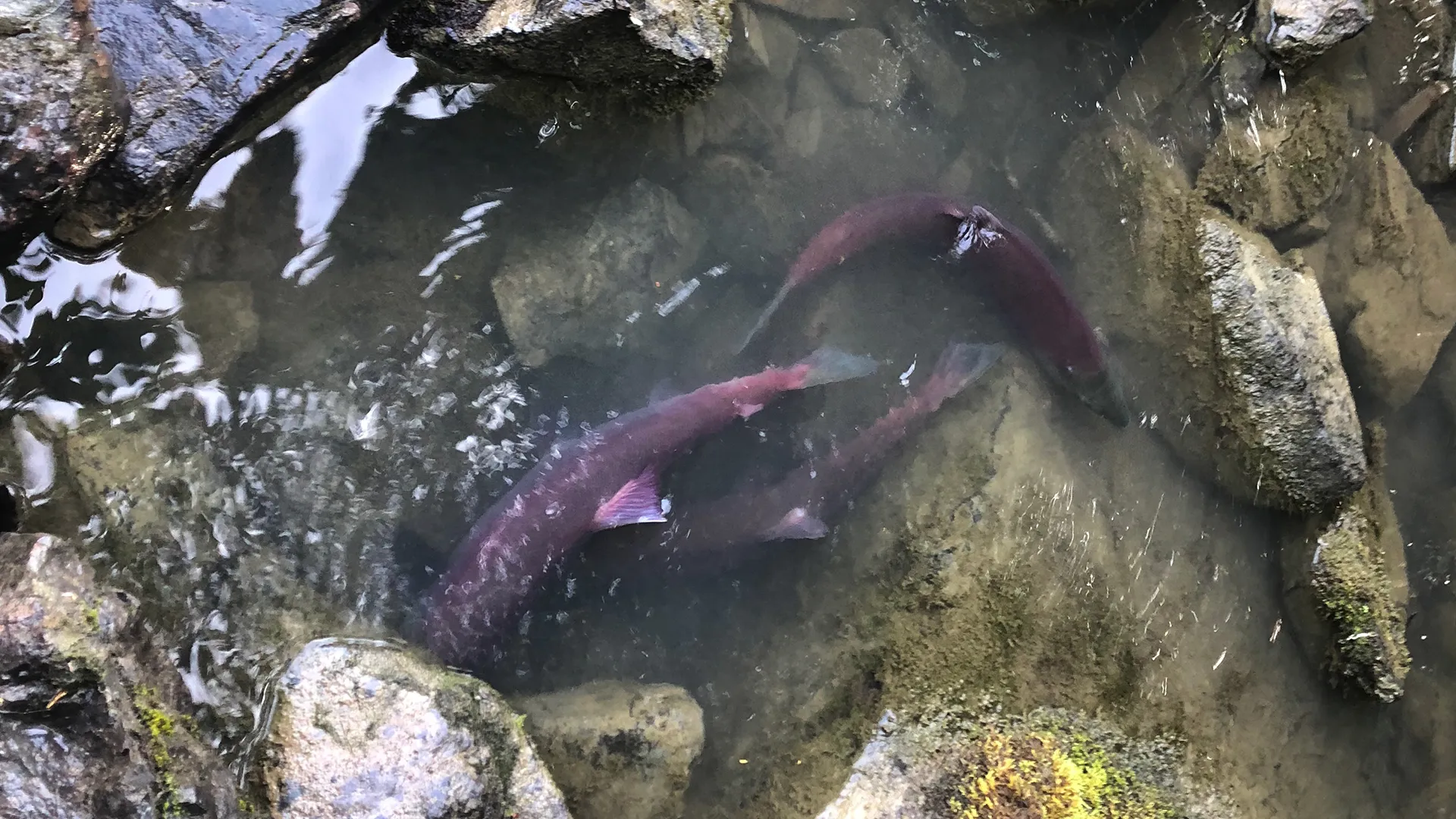Science and Research
Rigorous and Applied Scientific Research on Salmon Ecosystems
Knowledge is Power
Science is the foundation of our work. We have a dedicated team of reputable Scientists who’s work is to strengthen salmon populations to ensure they are around for the long haul.
We not only explore the past to better understand how salmon populations and their habitats have changed, but we also apply lessons learned to forecast how salmon will respond to future change. We are actively identifying new habitats for salmon as glaciers melt and rivers become more suitable and are proactively pursuing their protection.
In addition to ongoing fisheries and Wild Salmon Policy related projects, we have five core science programs underway:
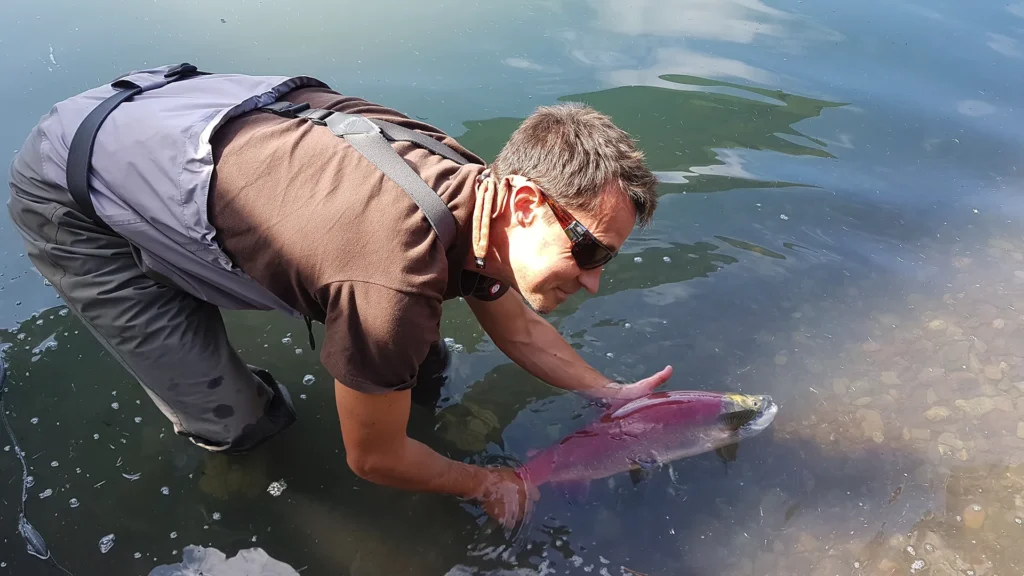
↠ Rebuilding Diminished Salmon Populations
↠ Salmon’s Future
↠ Skeena Sockeye Century Project
↠ Millennial-Scale Changes in Salmon Populations
↠ Local Impact Assessments
Rebuilding Diminished Salmon Populations
Getting More Fish Back In The River
SkeenaWild provides science support to several First Nations and their respective fisheries programs – including Wet’suwet’en, Gitxan, and Ned’u’ten – towards the development of rebuilding plans for diminished salmon populations. Our work with Wet’suwet’en Fisheries has culminated in the implementation of priority research programs outlined in their Wetzin’kwa Sockeye Recovery Plan, which currently is composed of two primary projects:
Project 1: Juvenile Health Monitoring
A study that assesses juvenile sockeye emigrating from Wedzin’ben (Morice Lake), with the aim to determine age at emigration, size-at-age, and ultimately to explore whether mortality during this life stage is impeding the population’s recovery.
Project 2: Spawning Distribution
A study that tracks adult sockeye back to spawning grounds. Fish are inserted with radio tags at Witset Canyon that transmit a signal, which we track via mobile and fixed receiver stations located throughout Wet’suwet’en territory to better understand the relative proportions of unique spawning populations and their habitats.
Salmon’s Future
SkeenaWild has partnered with Simon Fraser University (Dr. Jonathan Moore’s Salmon Watersheds Lab) and Gitanyow Nation to undertake research that explores the emergence of new salmon habitats influenced by climate change. The goal is to identify and proactively protect future climate refuge habitat for salmon by understanding how salmon populations have responded to past climate and land-use change. We use a variety of scientific tools – such as the collection of environmental DNA (water and sediment samples filtered for DNA shed by salmon) – to monitor emerging populations.
Skeena Sockeye Century Project
Research by our Science Director, Dr. Michael Price, investigates changes in the abundance, diversity and responses to shifts in climate of wild salmon populations in the Skeena over the last century. While results reveal an substantial loss in abundance and diversity of wild salmon populations, there remains large potential for diminished populations to rebuild if their freshwater habitats are protected and (where degraded) adequately restored.
Millennial-Scale Changes in Salmon Populations
This is an exciting fledgling program in collaboration with the University of Northern British Columbia and Simon Fraser University that is examining salmon bones unearthed at First Nation traditional fishing sites – some dating more than 1,000 years – to answer important conservation questions.
Local Impact Assessments
Our science team at SkeenaWild engages in Environmental Assessments on a range of proposed industrial projects within the Skeena Watershed. We advocate for transparency, better public participation, and independent science in conducting assessment work.
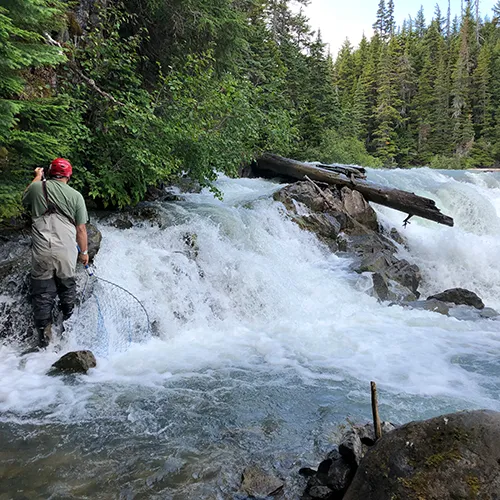
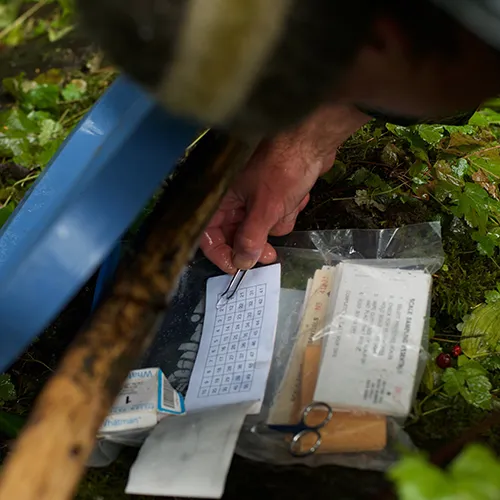
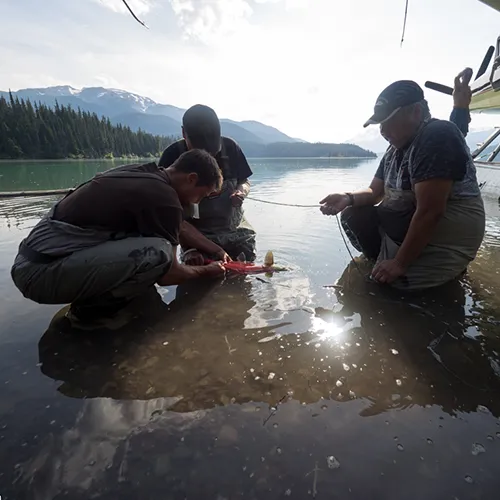
Science & Research Resources
Other News Related to:
Science & Research
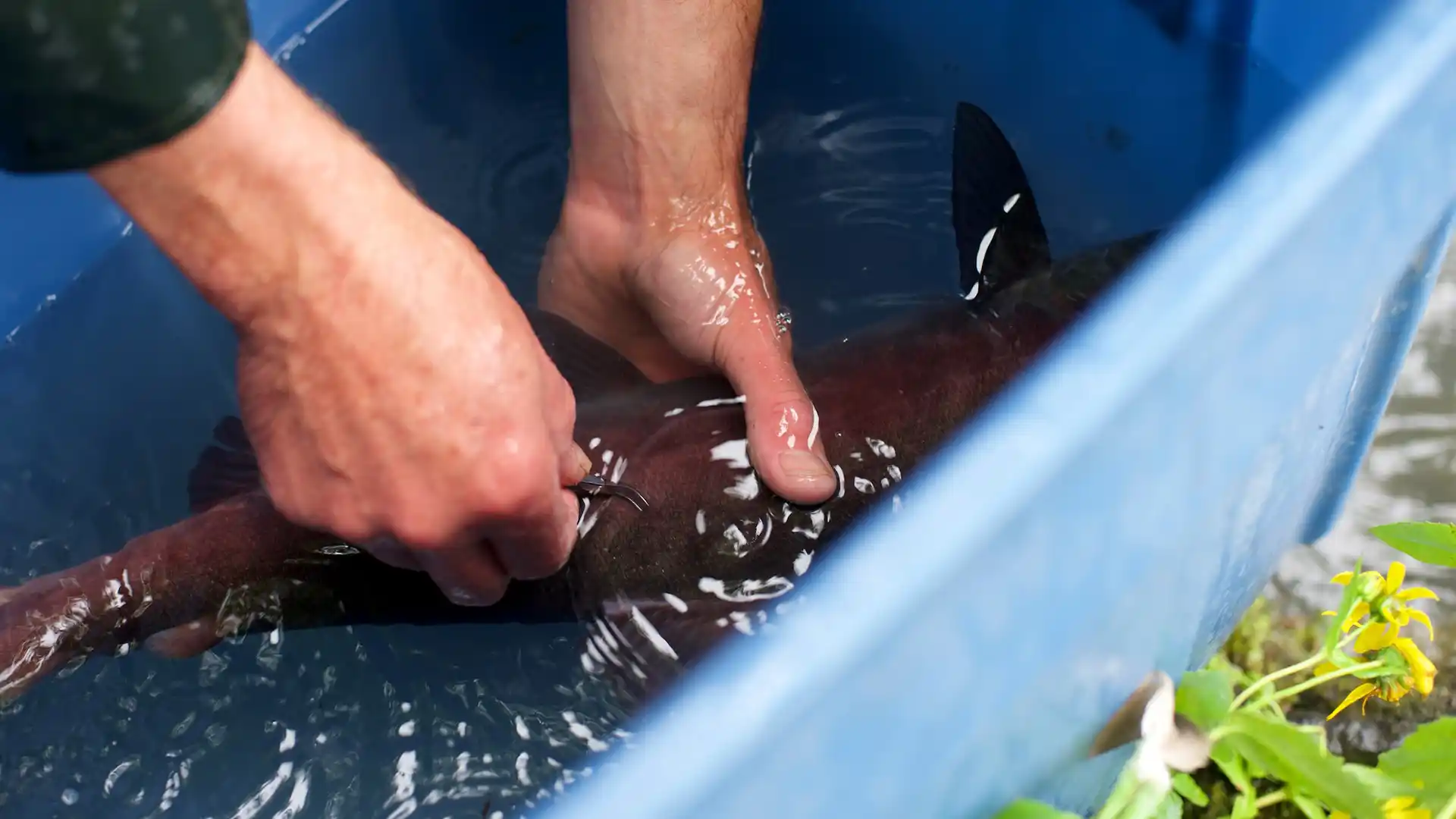
Salmon, The Masters of Adaptation
SkeenaWild’s Director of Science Dr. Michael Price’s latest research with Simon Fraser University goes back in time to look at how salmon have been adapting…
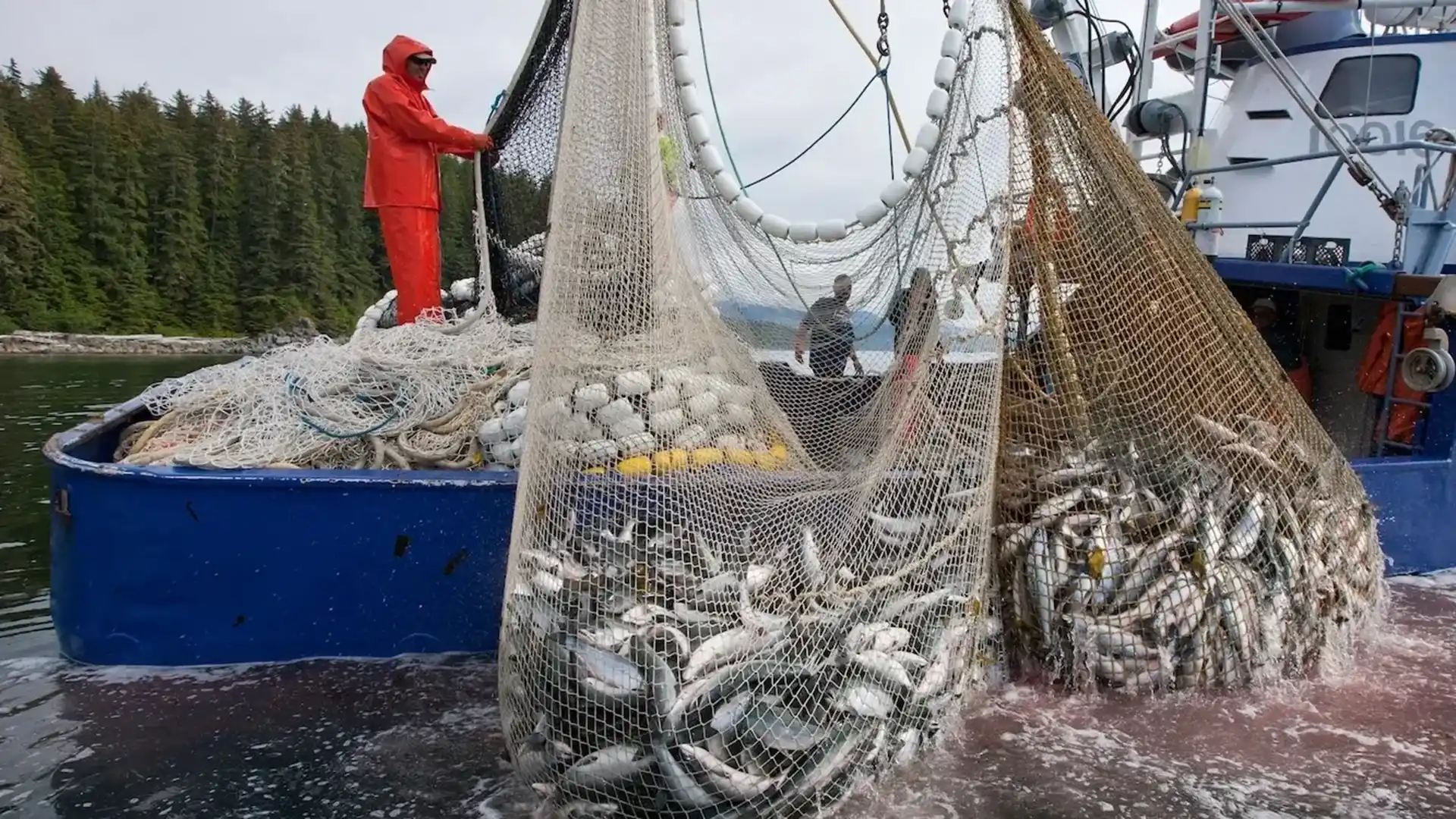
Meanwhile… Alaska is still “steeling” our salmon
While Canadian marine commercial fisheries at the mouth of the Skeena ended on August 3rd in response to a declining in-season return estimate of Skeena…
